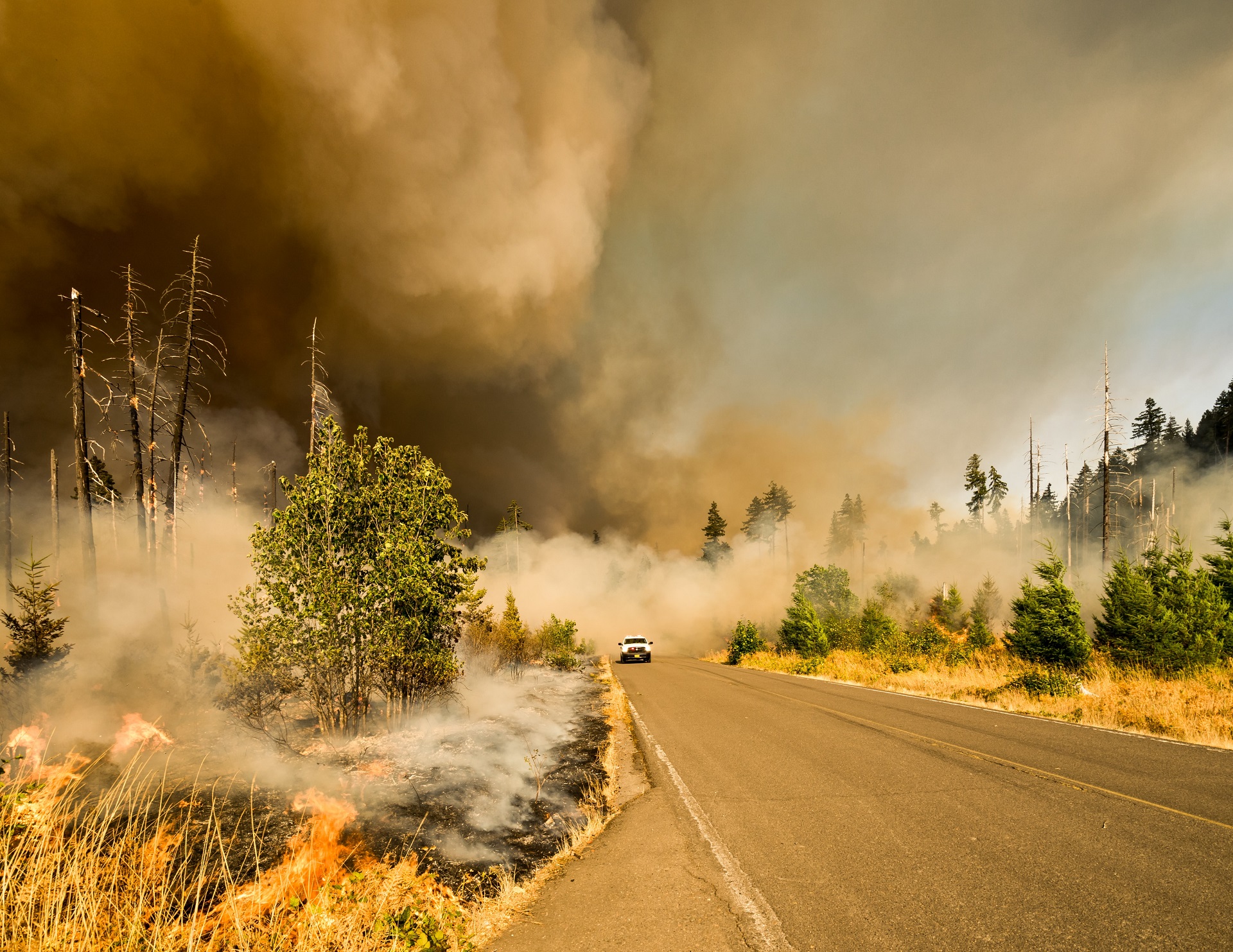
What is the Australian Bushfire Wildlife Extinction?
We are reader-supported. When you buy through links on our site, we may earn affiliate commission.
The Australian bushfire wildlife extinction is unprecedented. More than 25 million acres burned — around the size of Indiana in the U.S. With such widespread destruction, it can be difficult to process just how much of an impact these fires had on the environment. The bushfires resulted in the loss of human life, thousands of homes, millions of acres of forest and more than 1 billion animals. Like the California disaster of 2019, the most devastating wildfire in the state’s history, the Australian bushfires have a significant effect on both humans and the environment. While it is too soon to state with certainty whether the wildfires have led to wildlife extinction, little-known species will likely feel the greatest impact.
Determining Long-Term Consequences
The wildfire, which raged for five months, burned one-fifth of Australia’s forests. The repercussions, including the possibility of wildlife extinction, are challenging to measure, and the sheer scale makes it hard to comprehend the long-term environmental impact. Not only was habitat destroyed, but also the world’s most sensitive ecosystems, including endangered animals, plants, insects and birds. Australia accounts for 10% of the world’s biodiversity, but recent events jeopardize that number. While the total loss is unknown, we can assume that the implications will be severe. Well-known animals, such as the koala or kangaroo, will likely survive as a species. However, there is a good chance that the bushfires will mark the end for some.
Rare Species Are Most Vulnerable
Almost 50 different animals on the threatened species list had more than 80% of their habitats affected by the bushfires, and an additional 65 lost more than half of their homes. The smallest creatures in the world, such as insects, are some of the most vital to an ecosystem’s health. According to a researcher at the University of Adelaide, scientists have only recorded around 20 to 30% of Australian insect species. The damage to these habitats is extensive, and it’s difficult to measure the extent of the biodiversity lost.
Some of the animals most affected by the wildfires include marsupials, birds and other small mammals. With the majority of their homes destroyed, it’s hard to imagine what the future will look like for these creatures. The dunnart, a mouse-sized marsupial, is incredibly rare and was already considered an endangered species before the event. All of their recorded sightings are within the burned area. Other vulnerable creatures include the long-footed potoroo and the black cockatoo. One mammal, the black-tailed dusky antechinus, was recently discovered in 2014. A small carnivorous marsupial, climate change has already threatened its habitat, and scientists fear the bushfires may have driven it to extinction. With animal populations dwindling, governments must enact policy changes to protect the world’s most vulnerable wildlife populations.
Government and Environmental Policy
The wildfires provide an extreme example of how devastating habitat loss can be. However, Australia does not have a clean record of land management and protection of wildlife. To ensure a brighter future, it’s essential to change government policy and protect the planet while still guarding economic prosperity.
In 2007, a report found that land cleared for agricultural purposes would affect 480 million animals in New South Wales. Loss of biodiversity and habitat due to agricultural endeavors, especially livestock, have a significant impact on the status of wildlife in Australia. In temperate areas of the country, less than 5% of the original grasslands still exists. The coastlines are experiencing population growth, accompanied by concerns about how increased development will influence biodiversity. All of these changes have an impact on the health and size of animal populations.
According to one study, Australia faces numerous environmental risks, including deforestation, overfishing, agricultural clearing, infrastructure development and pollution. After the Australian bushfire wildlife extinction crisis, government policy will be integral to protecting endangered species — ensuring we don’t lose more animals — moving forward.
Economic trends also influence the government’s role in implementing a decisive environmental policy that will protect wildlife habitats. To fully understand the connection between the wildfires and legislation, it’s necessary to look at Australia’s economy.
Economics and Wildlife Protection in the Australian Bushfire Wildlife Extinction
It’s crucial to remember that wildlife extinction is not an isolated issue. Species devastation, both plant and animal, harms humans, potentially triggering the decline of populations and hindering our ability to thrive. Environmental laws are more than just protecting animals — they are essential for future stability. Australia has one of the highest per capita carbon emissions of any country in the world. Heavy industry, such as coal production, is responsible for the majority of this issue. With an economy that relies on its carbon-intensive sector, it can be tricky to implement policies that won’t harm economic prosperity in the short term. While cutting back on coal production would decrease emissions, it could potentially harm development. The Australia bushfires were an example of how human impact is altering the environment. Changes to government policy will be vital to assuring a greener future for the world’s precious wildlife populations.
Share on
Like what you read? Join other Environment.co readers!
Get the latest updates on our planet by subscribing to the Environment.co newsletter!
About the author

Jane Marsh
Starting from an early age, Jane Marsh loved all animals and became a budding environmentalist. Now, Jane works as the Editor-in-Chief of Environment.co where she covers topics related to climate policy, renewable energy, the food industry, and more.





